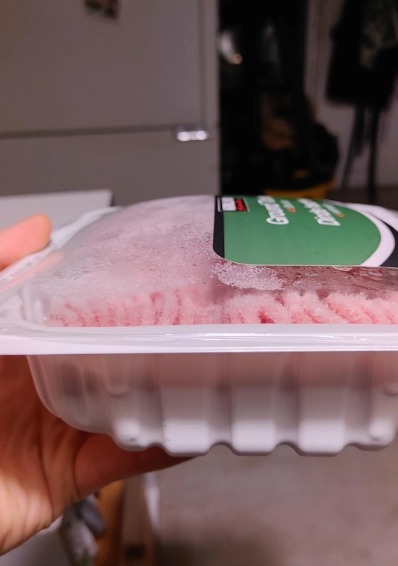
Implications of Bloated Food Packaging:
Bloated food packaging poses several implications for consumers, manufacturers, and the environment:
Food Safety Concerns: Bloating can indicate microbial spoilage or contamination of food products, raising concerns about safety and quality. Consumers may hesitate to consume bloated products, fearing potential health risks.
Perceived Freshness: Bloated packaging can create the perception that food products are stale or past their prime, even if they are safe to consume. This perception may affect consumer purchasing decisions and brand reputation.
Product Integrity: Inflated packaging can compromise the integrity of food products, leading to leaks, spills, or other packaging failures. This can result in product loss, customer dissatisfaction, and increased waste.
Environmental Impact: Excessive packaging, including bloated packages, contributes to environmental pollution and waste. Discarded packaging materials, especially those made from non-biodegradable plastics, can end up in landfills or oceans, posing environmental hazards.
Addressing Bloated Food Packaging:
To mitigate the occurrence of bloated food packaging and its associated challenges, several strategies can be employed:
Improved Packaging Design: Enhance packaging materials and sealing methods to prevent gas permeation and maintain product freshness. Use barrier films or coatings to minimize gas exchange and extend shelf life.
Quality Control Measures: Implement rigorous quality control protocols to monitor product integrity and detect signs of bloating during production, storage, and distribution. Regular inspections and testing can help identify and address potential issues early.
Temperature Management: Maintain optimal storage conditions, including temperature and humidity control, to minimize microbial growth and chemical reactions in food products. Proper temperature management can help prevent bloating and preserve product quality.
Educational Initiatives: Educate consumers about the factors contributing to bloated food packaging and how to interpret packaging indicators, such as expiration dates and signs of spoilage. Promote responsible consumption practices to minimize food waste and maximize product utilization.
In conclusion, bloated food packaging presents multifaceted challenges for consumers, manufacturers, and the environment. By understanding the causes and implications of bloating and implementing effective strategies to address this issue, stakeholders can work together to ensure the safety, freshness, and sustainability of packaged food products. Through innovation, education, and collaboration, we can strive towards a future where bloated food packaging becomes a thing of the past, and consumers can enjoy products with confidence and peace of mind